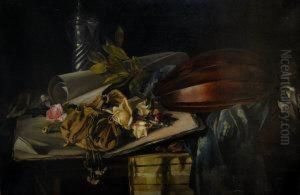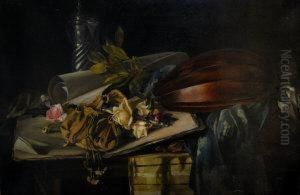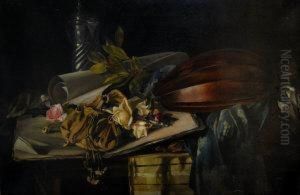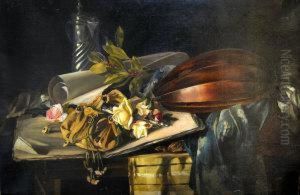Bela Benczur Paintings
Béla Benczúr was a renowned Hungarian painter, born on January 28, 1844, in Nyíregyháza, then part of the Austrian Empire, now Hungary. He is often associated with the academic style of painting and is known for his historical and mythological works, as well as his portraits. Benczúr's art education began at the Hungarian Royal Drawing School, and he later studied at the Academy of Fine Arts Vienna before moving to Munich in 1866, where he was influenced by the works of Karl Theodor von Piloty, a significant figure in 19th-century German art renowned for his historical paintings.
Benczúr's career was marked by his commitment to academic painting traditions, which emphasized the importance of precise drawing, clear composition, and the portrayal of classical themes with moralistic and didactic messages. He won a scholarship to the Académie Julian in Paris in 1873, where he was exposed to the French academic system. His style was characterized by meticulous detail, realism, and often an idealized depiction of his subjects.
One of his most famous works is the 'Baptism of Vajk,' which depicts the baptism of Saint Stephen of Hungary and reflects Benczúr's interest in national history and pride. He also painted 'Hunnias at the Stake,' a dramatic and emotionally charged historical scene. Benczúr's portraits, such as those of Franz Liszt and Lajos Kossuth, played a significant role in building the national identity of Hungary in the 19th century.
Throughout his life, Benczúr received several honors and distinctions, including the title of royal professor and membership in various art academies. He became the director of the Master School of Genre and History Painting at the Hungarian University of Fine Arts in Budapest, influencing a new generation of Hungarian artists. Benczúr's works can be found in many Hungarian museums, including the Hungarian National Gallery in Budapest.
Benczúr's approach to art was increasingly seen as traditionalist in the context of the emerging modernist movements of the early 20th century. Nevertheless, his technical mastery and contribution to Hungarian art have been recognized and celebrated. He passed away on July 16, 1920, in Dolány, Hungary. His legacy lives on in the numerous paintings that exemplify his skill and the academic art tradition of his time.



